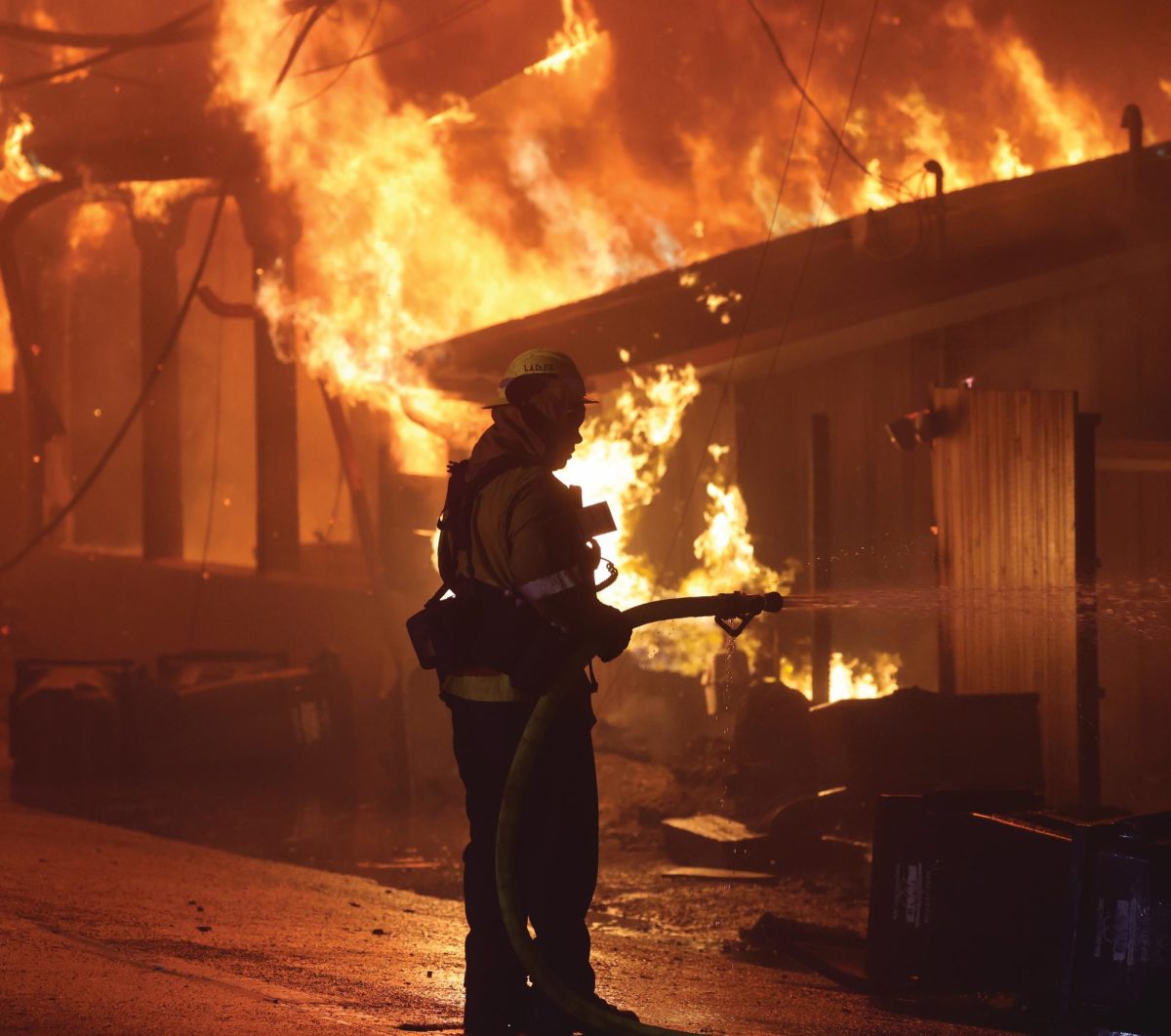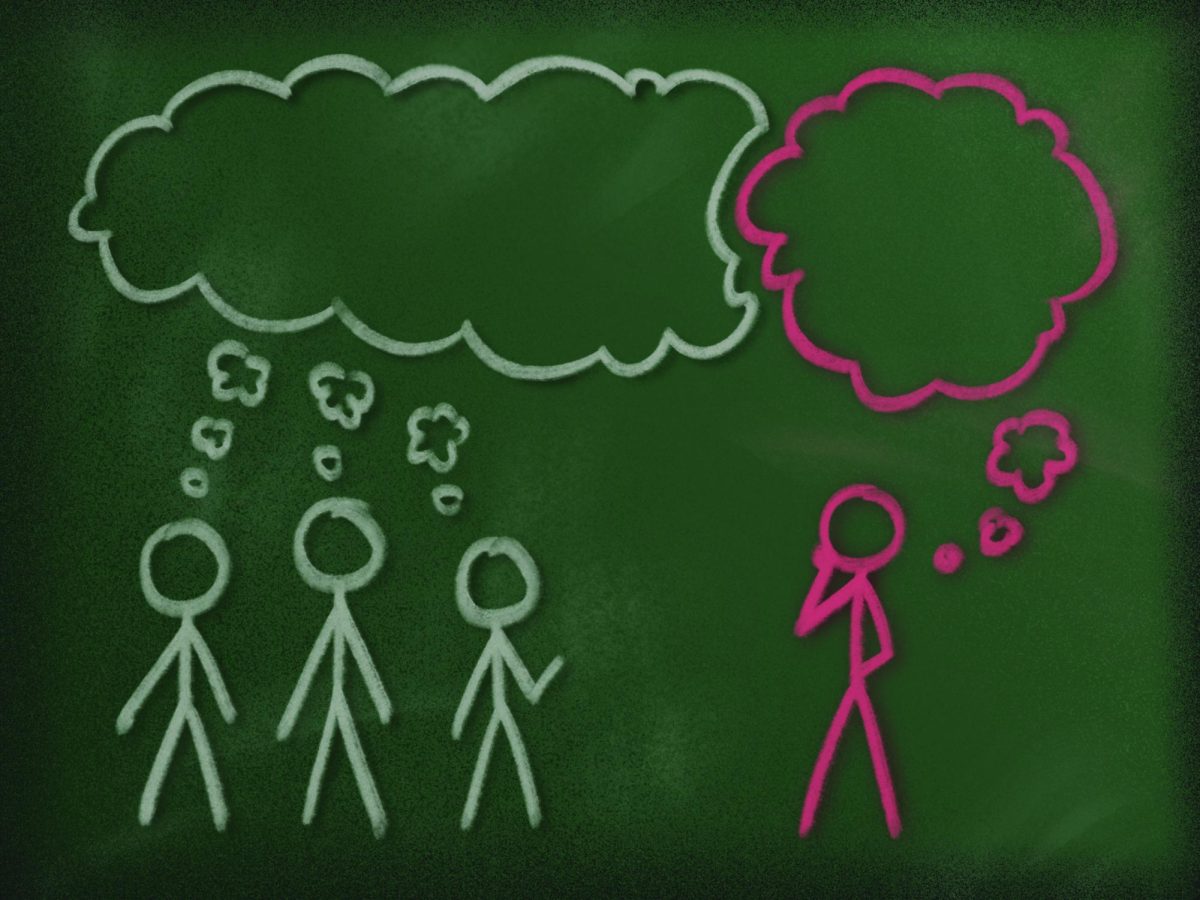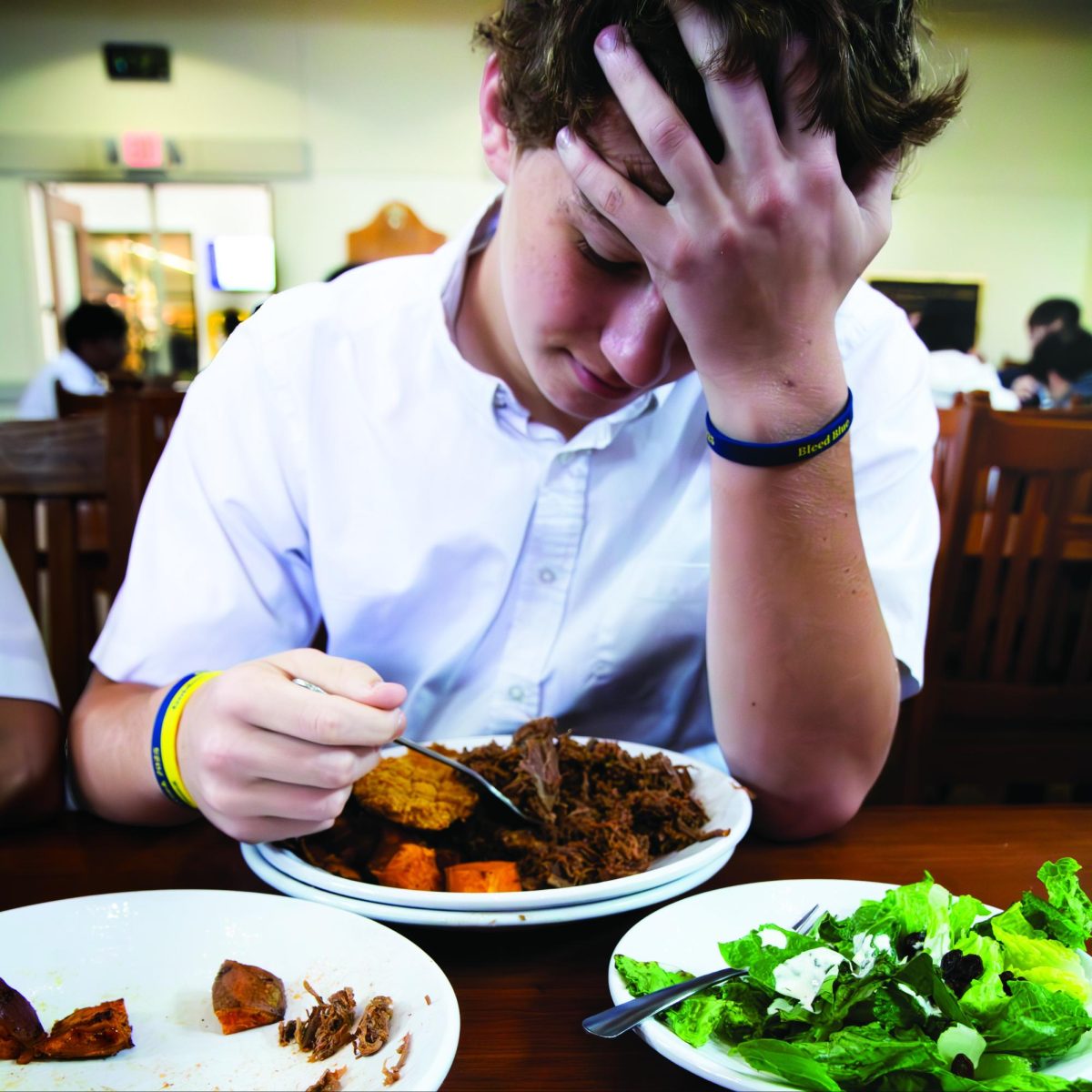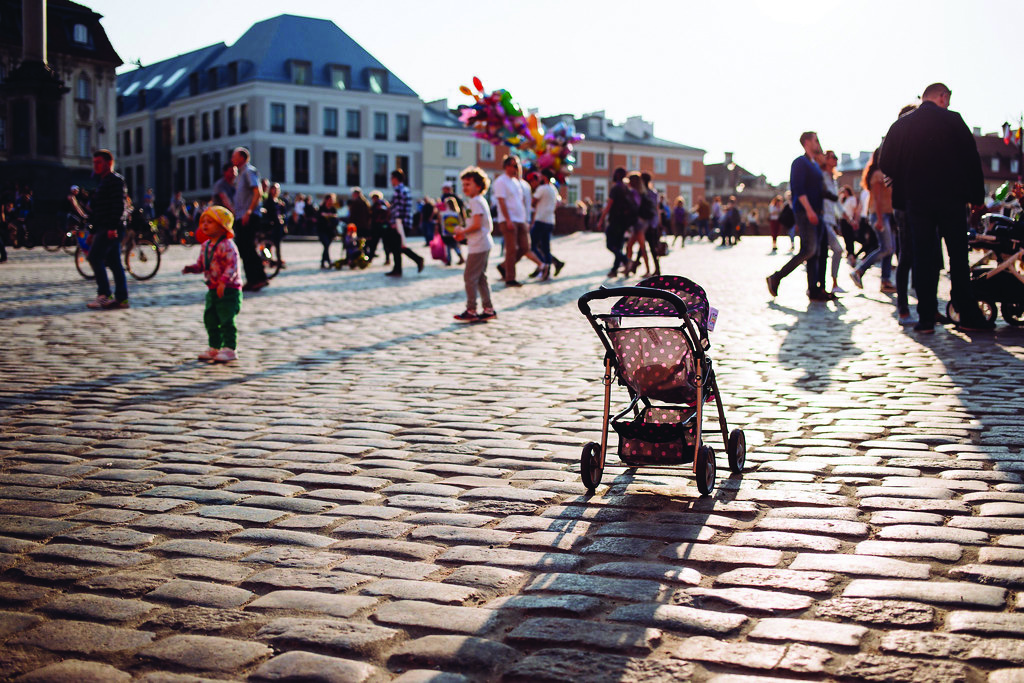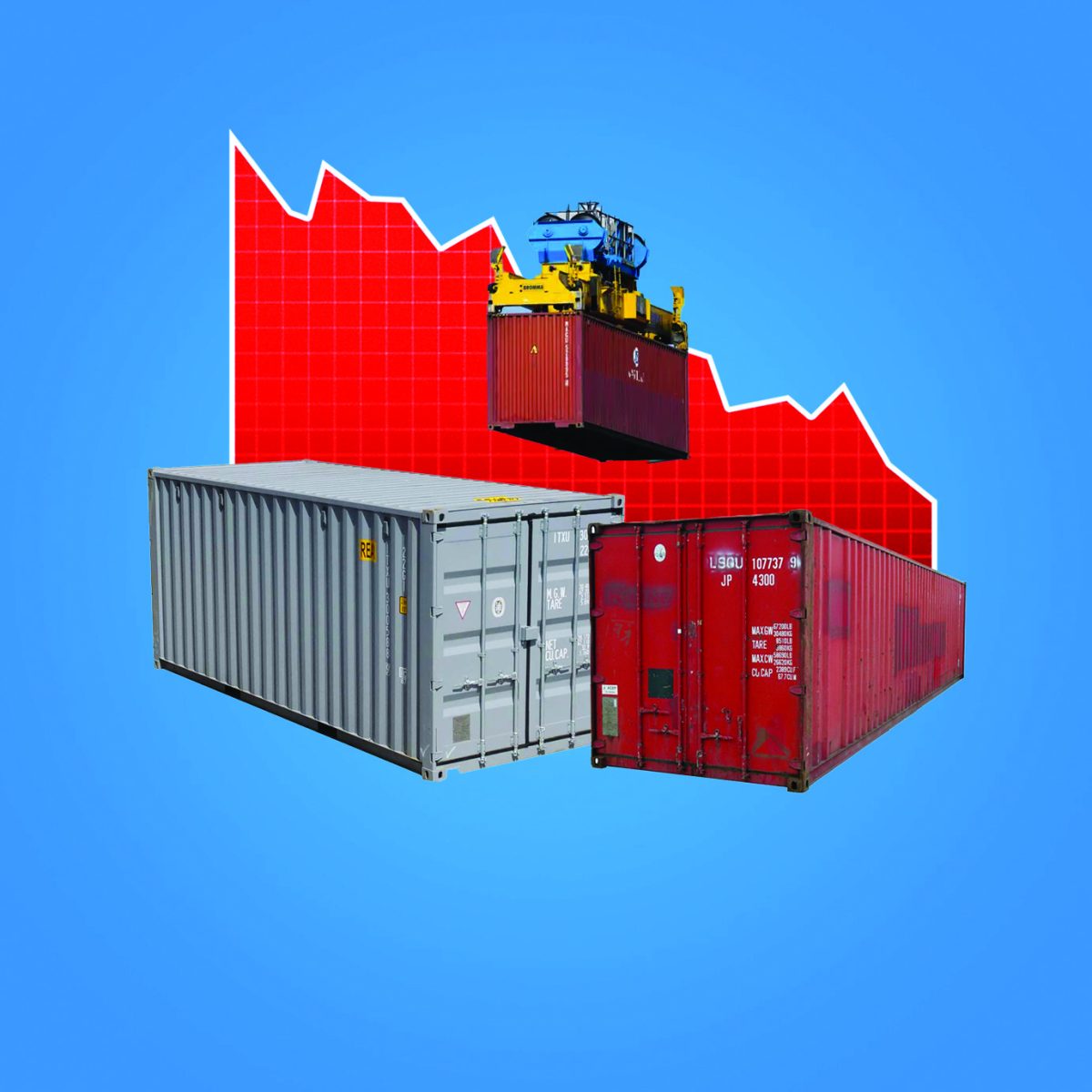As soon as the clock hit 3:25 p.m., and his last-period calculus was let out, senior Teddy Fleiss had something more important to do.
He instantly headed home, placing frantic calls to friends and family back in Los Angeles – with each zone hit, more and more of the communities Fleiss called home were in grave danger due to wildfires of a massive scale.
The damage was unthinkable.
The home of his grandparents, where he’d made unforgettable memories.
The nearby village, where he’d used to walk through.
Restaurants, rec fields, friends’ houses — all destroyed in the conflagration.
There were warning signs — the previous evacuations and the insurance companies refusing to ensure certain areas due to wildfire risk.
But no one thought it would get this bad.
The devastating wildfires erupted on Jan. 7, likely due to dry conditions in the Los Angeles metroplex. The Palisades and Eaton areas were hit hardest, producing some of the deadliest and most destructive fires seen by the city. More than 80,000 people were forced to evacuate, and at least 28 individuals are confirmed dead.
Although the disaster seems extremely distant, Fleiss spent nearly his entire childhood in areas burnt down by the fires.
“I grew up around the Palisades, which is the area that was hit the hardest,” Fleiss said. “My grandparents lived there my whole life, and their house was just burned to the ground completely.”
This wasn’t even Fleiss’s first California wildfire — the process of a fire burning down land and then rebuilding is a regular cycle in LA.
“When I lived in LA, I think we were evacuated three times for fires,” Fleiss said. “So we were used to the whole packing up thing. Still, every time it was a really freaky experience.”
But the fires didn’t just come up from nowhere.
In fact, the climate in Los Angeles during the beginning of the year was practically a breeding ground for wildfires — yearly Santa Ana winds, combined with untimely drought-like conditions and recent weather oscillating between heavy rainfall and dry spells created a volatile environment where wildfires were likely to occur.
The Santa Ana winds generally originate from deserts in the southwestern United States, bringing lower humidities and higher temperatures to southern California around 20 times a year. The 40 mph winds are the primary cause for the fires’ widespread nature — and the reason for their ferocity.
The fluctuating weather in Los Angeles has also significantly exacerbated the frequency and spread of wildfires. Although the winds are an expected phenomenon bound to happen annually, the unusually dry weather and lack of rainfall are not. Global climate change is generally attributed to the sharp rise in optimal wildfire conditions.
That’s without even acknowledging the most pressing concern caused by the wildfires: cost.
Almost 40,000 acres of land have been decimated, and losses are projected to amount to a hefty $30 billion. The entire county of Los Angeles bears the forefront of the disaster.
“I still haven’t fully taken into scope the fact that the place I spent my entire childhood in has been completely burned,” Fleiss said. “Looking at those photos just kind of hurts.”
Communities have been displaced and scattered throughout the county, and many families are looking to rebuild their homes. Some individuals, like Fleiss’s grandparents, are even considering leaving the city altogether.
“It’s kind of hard to stay in LA,” Fleiss said. “(My grandparents) haven’t really talked about rebuilding because they’re getting older.”
The primary focus of the city is still about recovery — it’ll be several years before everything is back to normal.
“My friends are going to try and rebuild just because it’s easier than leaving,” Fleiss said. “But every time a friend lost their house, I immediately reached out to them and let them know I was thinking of them.”
However, earth science instructor Sophia Avendano also points out several long term benefits of wildfires burning in their natural habitat.
“If you have a wildfire in a forest, then afterwards you get a lot of nutrient rich soil,” Avendano said. “So it helps things grow.”
Controlled burns are carried out for this exact reason: to rejuvenate forests and the soil.
There can also be noticeable cooling and warming effects shortly after a fire is contained; the large release of greenhouse gases into the environment often contribute to global warming. But strangely enough, fires also have the potential to cool the earth.
“Depending on the characteristics of the wildfire, you can also have a cooling effect,” Avendano said. “If you have a forest and you burn it, it’s going to be lighter. And if you have something that’s lighter-colored, it will reflect heat away from the ground.”
Nevertheless, the wildfires have left a long lasting imprint on families like Fleiss’, and it will be difficult to permanently erase the wreckage from their minds.
“It’s safe to say that it was a scarring experience to see the whole neighborhood completely full of carnage and burns,” Fleiss said.
Los Angeles wildfires impact local community
February 7, 2025
Categories:
Firefighters battle the flames of the Palisades Fire spreading through LA.
More to Discover
About the Contributors
Neil Yepuri, Assignments Editor
Michael Chang, Academics Editor

